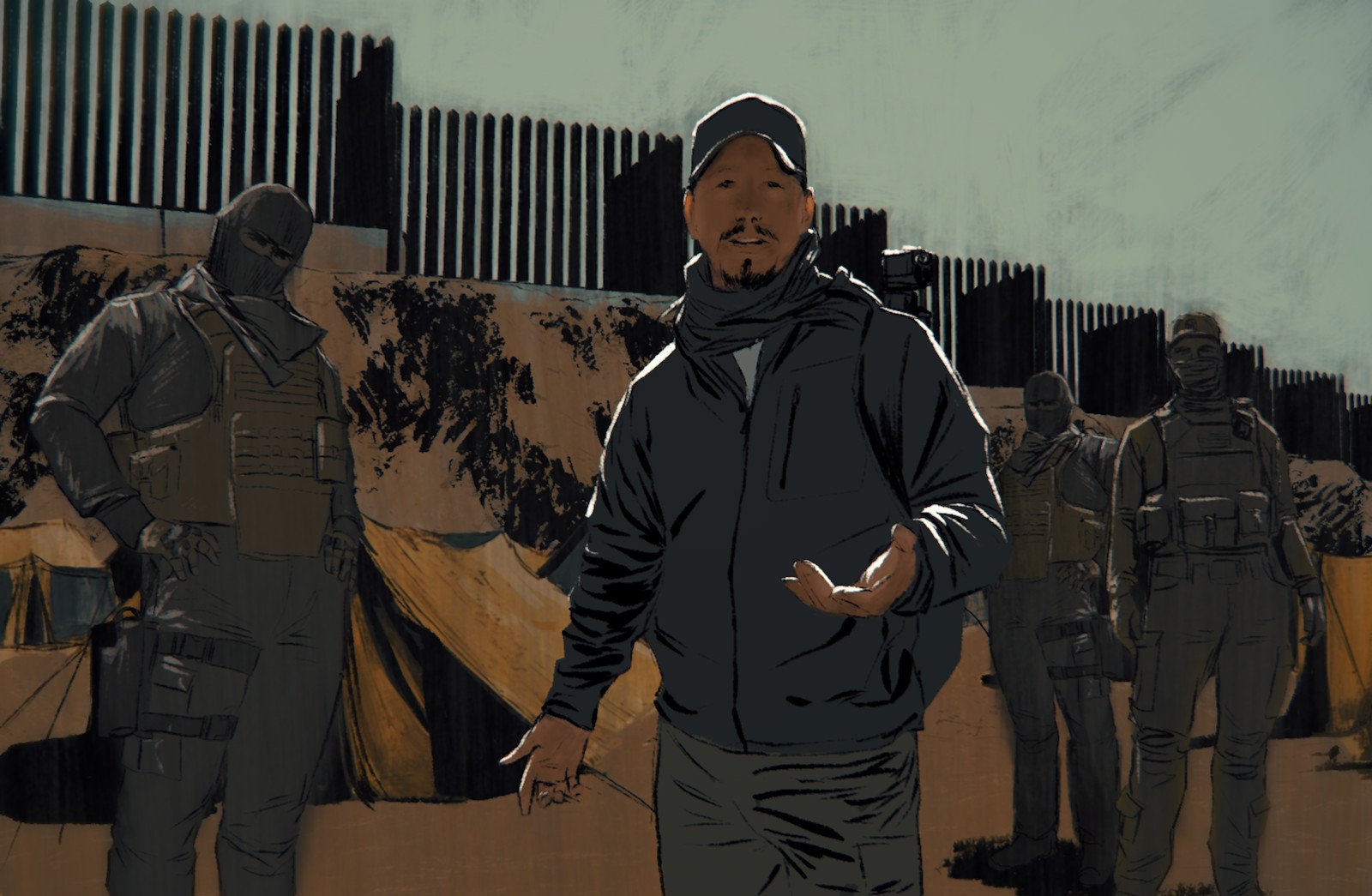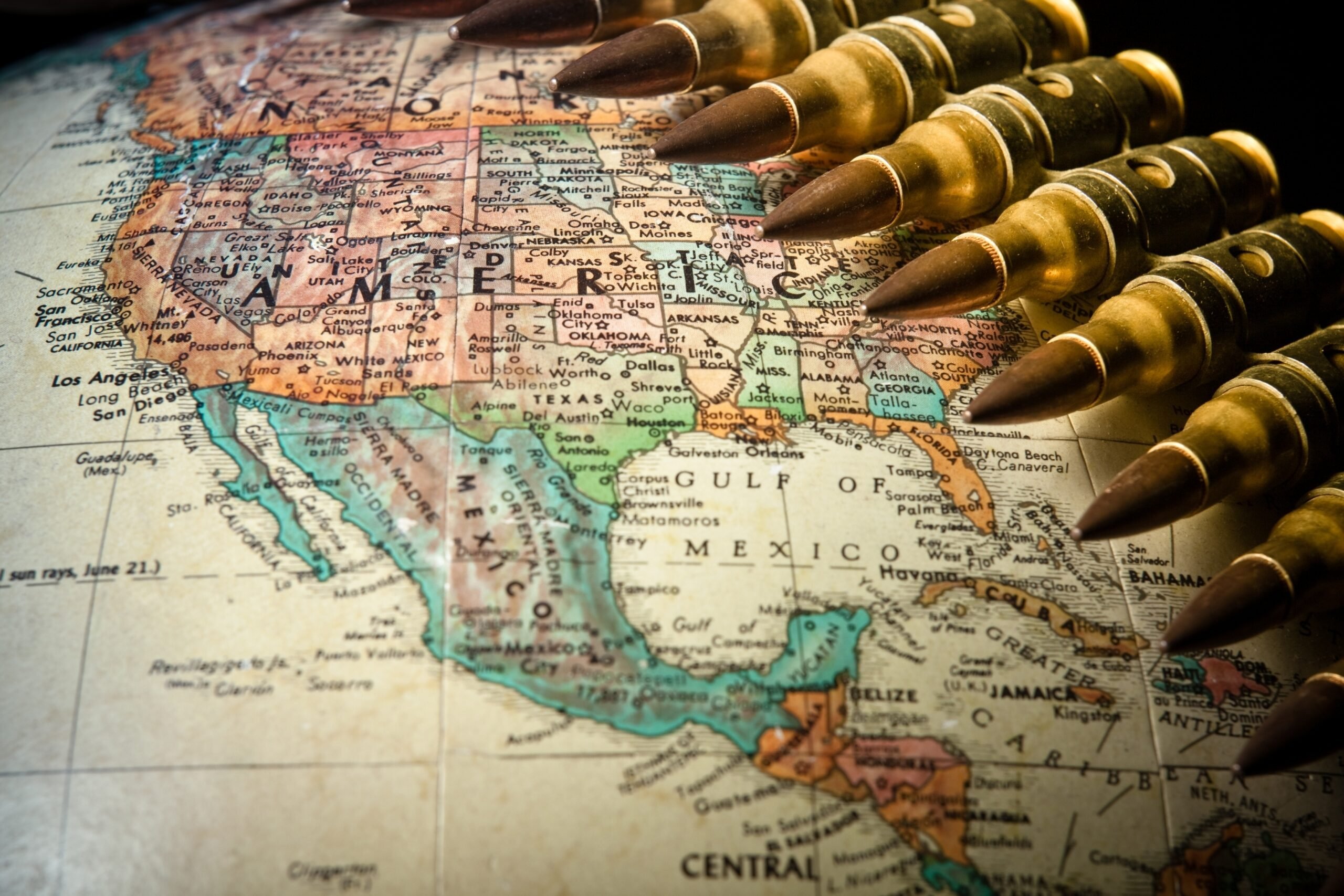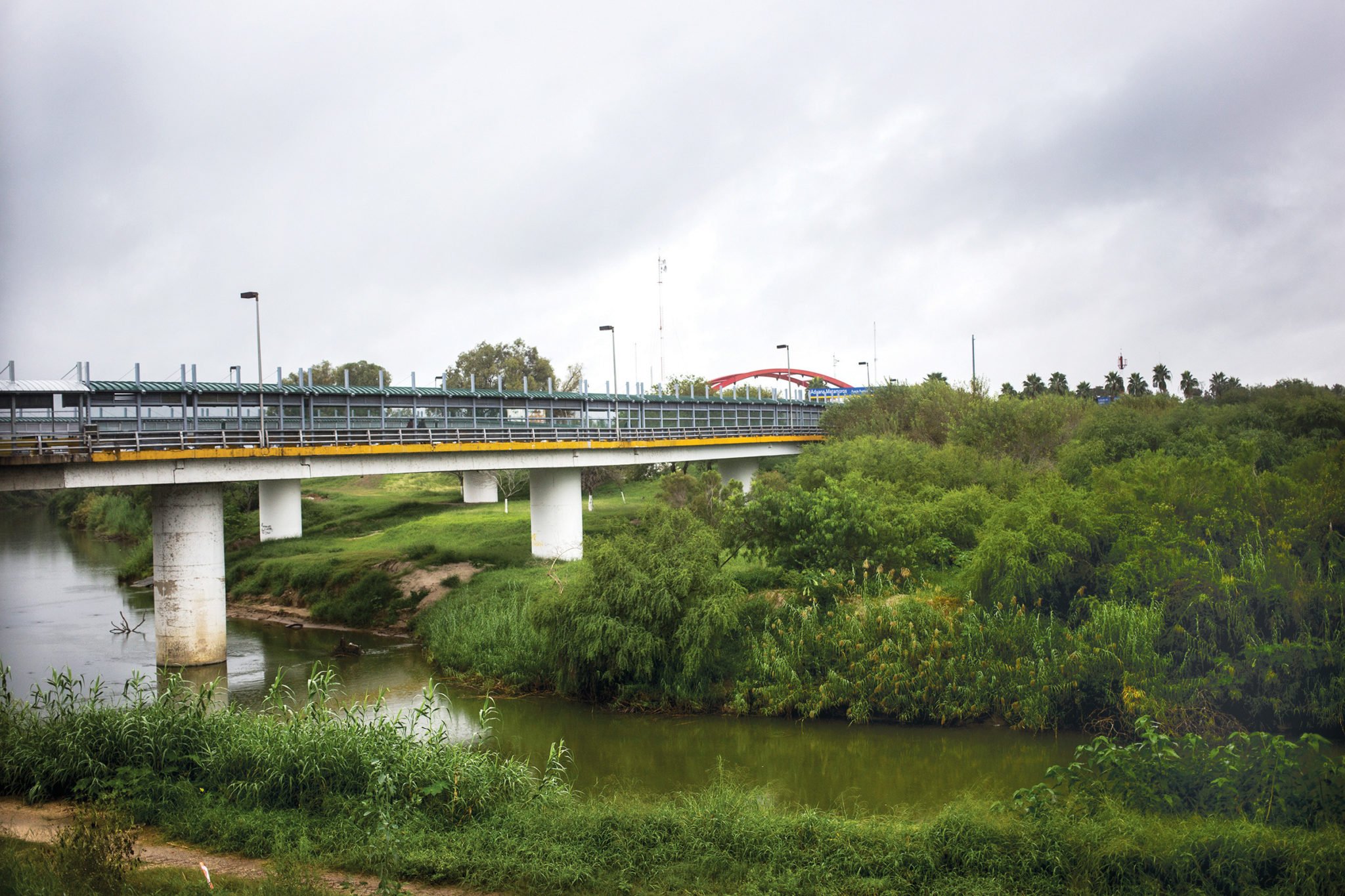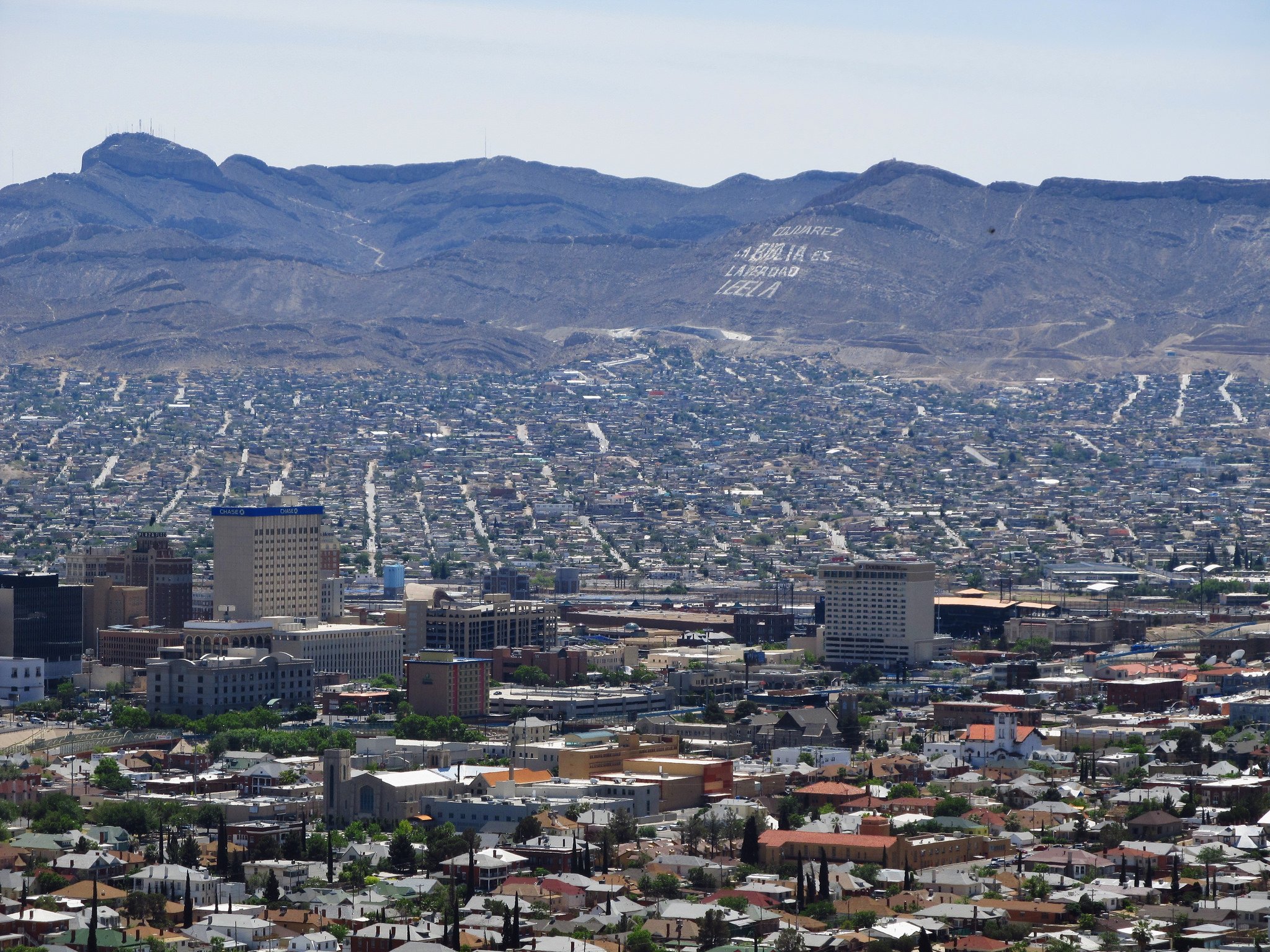
A Masterful New History Explores the Contradictions and Complexities of Ciudad Juárez
Oscar J. Martínez’s new book pushes back against the historical amnesia, toxic politics and stereotyping that have shrouded the city for decades.
A visit to Ciudad Juárez this spring quickly revealed the swirling contradictions in this turbulent city across the Rio Grande from El Paso. I saw crowded restaurants, new businesses, strolling families and street performers entertaining crowds.
I also met a man who was anguished over his brother’s murder, and I saw two young women putting up a missing poster for an uncle who vanished two months prior. He’s now a police file among hundreds of others containing the grainy, black-and-white portraits of men and women lost to the world. Meanwhile, amid the clatter of Avenida Juárez, flyers soliciting low-paid factory workers were plastered on a phone booth, featuring the smiles of three workers beckoning new hires to “come and form part of our great family.”
As a journalist who’s covered Juárez for more than 30 years, I’ve come to appreciate the complexities of this place. It’s a sprawling border city that stands as a beacon for a better life to countless migrants, but is also littered with tragic outcomes, usually with some connection to forces on this side of the line.
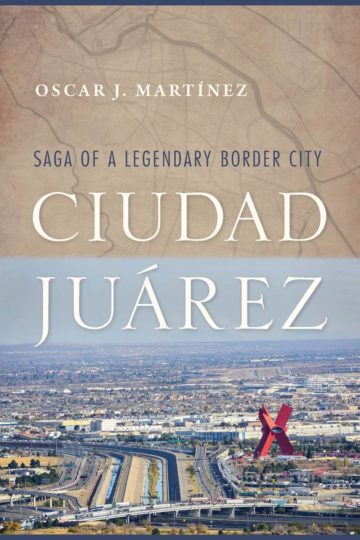
by Oscar J. Martínez
University of Arizona Press
$29.95; 344 pages
Though deciphering Juárez can be a formidable task, Oscar J. Martínez’s new book pushes back against the historical amnesia, toxic politics and stereotyping that have shrouded the city for decades. Raised in a Juárez working-class family, the University of Arizona historian tackles his subject with the eye of an insider, the acumen of an academic and the compassionate commitment of a fronterizo, or borderlander, whose life experiences in both Mexico and the United States endow him with a critical perspective.
In Ciudad Juárez: Saga of a Legendary Border City, we learn that “free trade” was not an invention of the NAFTA era but an official Mexican government policy in Juárez and other northern Mexican border towns during the latter half of the 19th century, provoking sharp debates and opposition in both Mexico and the United States.
The book also recounts how, starting in the early 1900s, U.S. authorities doused Mexican immigrants at the border in gasoline, vinegar and other harsh chemicals, ostensibly for reasons of public health. We likewise meet gruff U.S. immigration inspectors at the international bridge, El Pasoans scapegoating Mexican workers as job takers and welfare burdens, and even a U.S. Public Health Service doctor who claimed he possessed “proof” that 95 percent of Mexicans suffered from venereal diseases.
Martínez informs us how mass outrage over such practices boiled over at the international bridge connecting Juárez with El Paso in January 1917, when several thousand mainly women demonstrators led by a 17-year-old maid, Carmelita Torres, blockaded the crossing and clashed with Mexican troops.
Ciudad Juárez’s story is El Paso’s as well. Still, as Martínez documents, the relationship has been an unequal one, with the Mexican city trailing along as the hand-me-down, dependent and abused sister of the pair. He notes the macabre irony of El Paso being designated one of the safest American cities in 2010, a year when more than 3,000 people were murdered next door in Juárez.
Martínez masterfully stitches together ample examples of slaughter, sin and subversion spewing from this side of the border.
Themes of survival and subjugation rivet this book. Despite facing ruin numerous times, Juárez managed to reinvent itself while attracting new migrants. The city also evolved as a major conduit for the industrial-scale shipments of marijuana, heroin, cocaine and crystal meth that are consumed with abandon on this side of the Rio Grande. A little bit of Juárez is probably sprinkled in all of our lives.
Martínez also revisits the women’s disappearances and murders that first garnered world attention in the 1990s; the narco violence that reaped nearly 12,000 murder victims in Juárez within the last decade, drove tens of thousands to seek refuge in El Paso and left traumatic scars in a bewildered population; and recent worker protests at foreign-owned border factories, or maquiladoras. One page includes the weekly pay stub of a typical maquila worker, who now earns less than her counterpart in China.
In closing the book, Martínez surveys Juárez’s fortunes in an era when new development possibilities creak under the weight of history, geopolitics and asymmetrical economics. Now, new violence threatens a fragile recovery, the U.S. president is waving the big stick and the mythical gateway to El Norte is being slammed shut. Martínez perhaps best captures Juárez’s border predicament when he writes, “As Juárez became safer, one might say that it escaped from hell and made it back to purgatory, its customary abode.”
